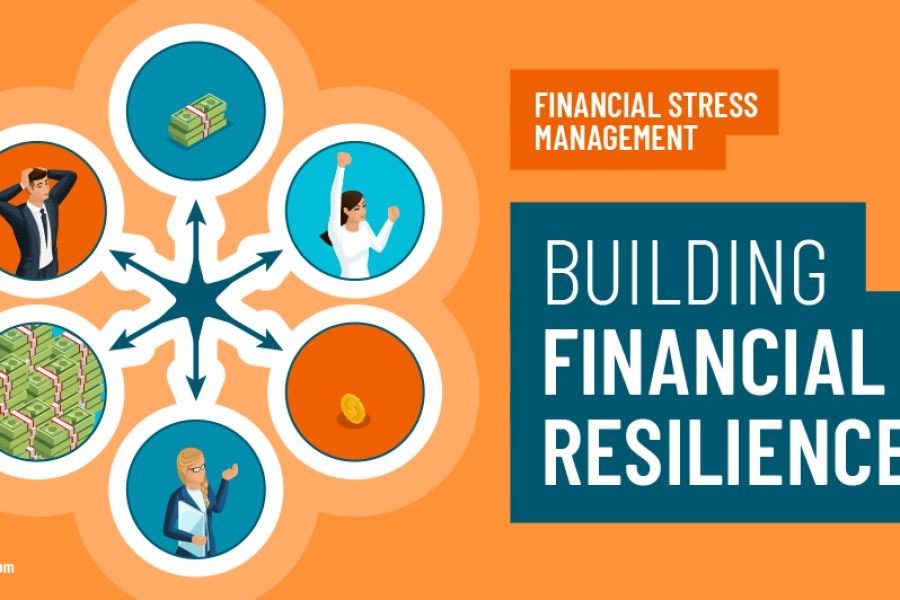In recent years, the dream of renovating a home has turned into a financial quagmire for many Australian homeowners. The allure of creating a personalized living space often masks the underlying financial implications, leading to a cycle of never-ending renovation debt. This article delves into the factors contributing to this trend, supported by insights from the Australian Bureau of Statistics (ABS) and other authoritative sources, offering financial advisors a comprehensive understanding of the landscape.
Understanding the Renovation Debt Trap
Renovations can significantly enhance a property's value and livability, but they also come with substantial financial risks. According to the ABS, renovation spending in Australia has surged by 33% over the past decade. However, this increased investment often results in unforeseen expenses, leading homeowners to rely on personal loans and credit, thus creating a debt cycle that's hard to escape.
The Role of Economic Factors
Australia's economic landscape plays a pivotal role in shaping renovation trends. With record-low interest rates and the Reserve Bank of Australia's (RBA) monetary policies encouraging borrowing, many Australians have found it easier to finance renovations. However, these low rates can also mask the true cost of debt, particularly when interest rates rise, leaving homeowners with unsustainable debt levels.
Case Study: The Renovation Reality
Consider the case of a Melbourne couple who embarked on a kitchen renovation, initially budgeted at $40,000. As the project progressed, unforeseen structural issues and material costs pushed the expense to $65,000. To cover the shortfall, they took out a personal loan, resulting in monthly repayments that strained their finances. This scenario is not uncommon, highlighting the importance of comprehensive financial planning.
Pros and Cons of Renovating
Pros
- Increased Property Value: Well-executed renovations can significantly boost a home's market value, offering potential return on investment.
- Improved Livability: Renovations can enhance the functionality and aesthetics of a home, increasing homeowner satisfaction.
- Tax Benefits: Certain renovations may qualify for tax deductions, providing financial relief.
Cons
- Unexpected Costs: Budget overruns are common, often leading to additional borrowing.
- Debt Accumulation: Financing through loans can result in long-term debt, impacting financial stability.
- Market Volatility: Economic fluctuations can affect property values, reducing potential returns.
Regulatory Insights
The Australian Competition & Consumer Commission (ACCC) has highlighted the importance of transparency in lending practices related to home renovations. Homeowners are urged to carefully review loan terms and seek financial advice to avoid predatory lending practices that can exacerbate debt issues.
Common Myths and Mistakes
Myth: "Renovations always increase home value."
Reality: While renovations can boost value, poor execution or market downturns can negate these gains. A study by CoreLogic found that only 50% of renovations resulted in a profit upon sale.
Myth: "DIY renovations save money."
Reality: DIY projects often lead to costly mistakes, requiring professional intervention. The Australian Institute of Architects advises that professional oversight can prevent budget overruns.
Future Trends in Renovation Financing
As the Australian economy evolves, the approach to renovation financing is expected to change. By 2026, financial products tailored to renovation projects, such as construction loans with flexible terms, may become more prevalent. Additionally, the integration of sustainable building practices is likely to influence renovation trends, aligning with global environmental goals.
Final Takeaways
- Fact: Renovation spending has increased by 33% in the past decade (ABS).
- Strategy: Financial advisors should guide clients through comprehensive budgeting and contingency planning.
- Mistake to Avoid: Underestimating costs can lead to financial strain; always account for a 10-15% contingency.
- Pro Tip: Utilize professional services to ensure project quality and financial efficacy.
Conclusion
While home renovations can enhance both value and lifestyle, they come with significant financial risks. For Australian homeowners, understanding the economic and regulatory landscape is crucial to avoid falling into a renovation debt trap. Financial advisors play a key role in guiding clients through effective budgeting and financing strategies, ensuring renovations are a boon rather than a burden.
People Also Ask (FAQ)
How does renovation debt impact Australian homeowners? Renovation debt can strain finances, leading to long-term financial instability. Strategic planning and professional advice can mitigate these risks.
What are the biggest misconceptions about home renovations? A common myth is that all renovations increase property value. However, market conditions and execution quality significantly influence outcomes.
Related Search Queries
- Renovation loans Australia
- Home renovation costs 2024
- Impact of renovations on property value
- DIY vs professional renovations
- Australian renovation trends 2025
- Sustainable building practices in Australia
- Home equity loans for renovations
- Managing renovation debt in Australia
- Government incentives for home renovations
- Renovation budget planning tips































